20 years of projects, innovation, technology and new solutions



Today, BCE celebrates its 20th anniversary. 20 years of projects, innovation, technology and new solutions. In 2000, the company was the first European media company to switch its complete workflow, from production to broadcasting, to a tapeless environment, and was recently the first company in the world to switch its complete infrastructure to IP. In this article we will focus on BCE’s software and system integration activities.
During the first ten years of the new Millennium, BCE developed numerous solutions which changed completely the way media evolved. At that time, Betacams and other tape systems were widely used, distributed, exchanged between the majors, the channels and all the production industry. As a real game changer BCE created Movie2Me, a system allowing secured file-based distribution of content from multi-point senders to multi-point receivers. While this drastically reduced the distribution costs it also transformed the companies workflow and accelerated the time to air.
Over the same period, BCE worked with ENEX (The European News Exchange), on a system to allow more flexible interaction between the new agencies and channels of the world. With Newslink, ENEX had a system which allowed file transfer between two servers, files preview and content management. The system evolved over the years and became the actual STEP CMS. Which can now manage feeds from any source, from satellite, broadcast, file distribution, etc. ENEX can manage the content, create the appropriate metadata, edit the content and exchange the content with its members.
With the development of the media world, classical broadcast systems did not perfectly match the market, smaller companies could not afford dedicated playout system and while there was already multi-playout platforms, BCE developed a channel-in-a-box solution, which could be used as main channel or disaster recovery platform. The solution evolved with time to today’s virtual/cloud alternatives.
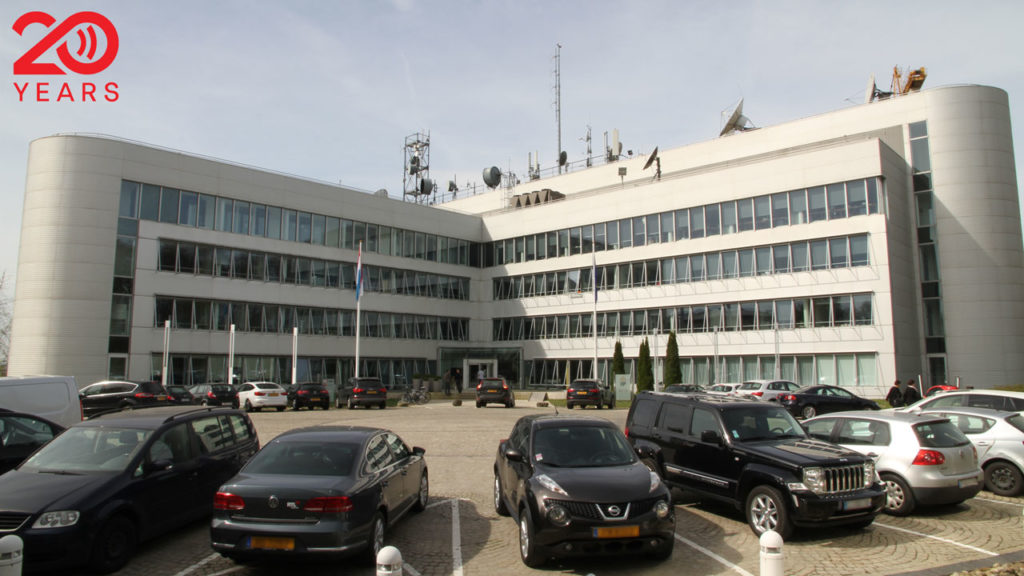
BCE headquarters in 2000 (Luxembourg)
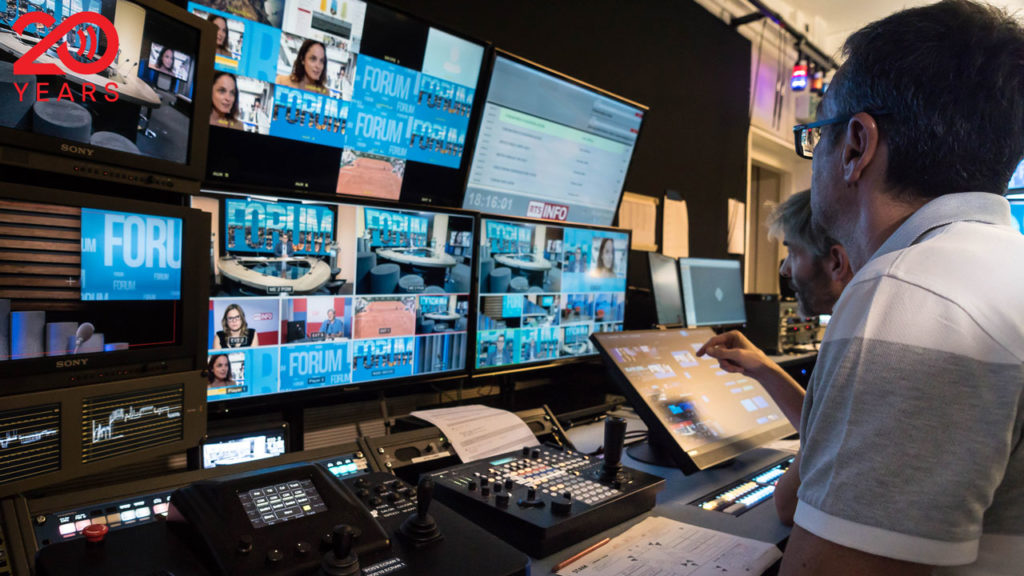
BCE’s StudioTalk at RTS (Switzerland)
Since BCE’s range of services covers the complete media workflow, BCE wasn’t only working with broadcast environments, the company also developed a Content Management System, MediaCMS, which allowed the organisation of the works of a post-production department, with a complete overview of the files, the on-going work orders (with online ETA) and of course the scheduling of new files tasks and worldwide distribution. The system later evolved with a cloud-based interface. Today the system is still evolving and 2020 will be a new chapter for MediaCMS.
BCE has a long history in software development with many other solutions for TV traffic, rights management, mass digitisation, News automation and is still innovating today with solutions such as StudioTalk which change the radio world, creating TV-like shows while keeping the radio spirit. The solution has been integrated at RTL Radio, FunRadio, BNJ, RTS, NRJ to name but a few and is also used as ephemeral TV production solution in Sports and events.
But this story is also about integration. Before the creation of BCE, the engineer teams were in the heart of what is today the European media melting pot. Back in 1984, was the launch of RTL Plus, the German channel; three years later, the team was there for the launch of M6 in France, followed by RTL TVI in Belgium and RTL Veronique in the Netherlands in 1989.
In 1990, RTL Veronique became RTL 4 and the team was on site for the technical installation, but also worked on the re-branding of the channel. Then came the installation of RTL Television in France followed by RTL Lëtzebuerg in Luxembourg. The media engineers integrated as well the studios, newsroom and control room of RTL II in Germany followed by RTL 5 in the Netherlands with the construction of an OB van. In 1995, RTL Television was re-branded to RTL9 (France) and the team worked on the Super RTL launch in Germany and Club RTL in Belgium.
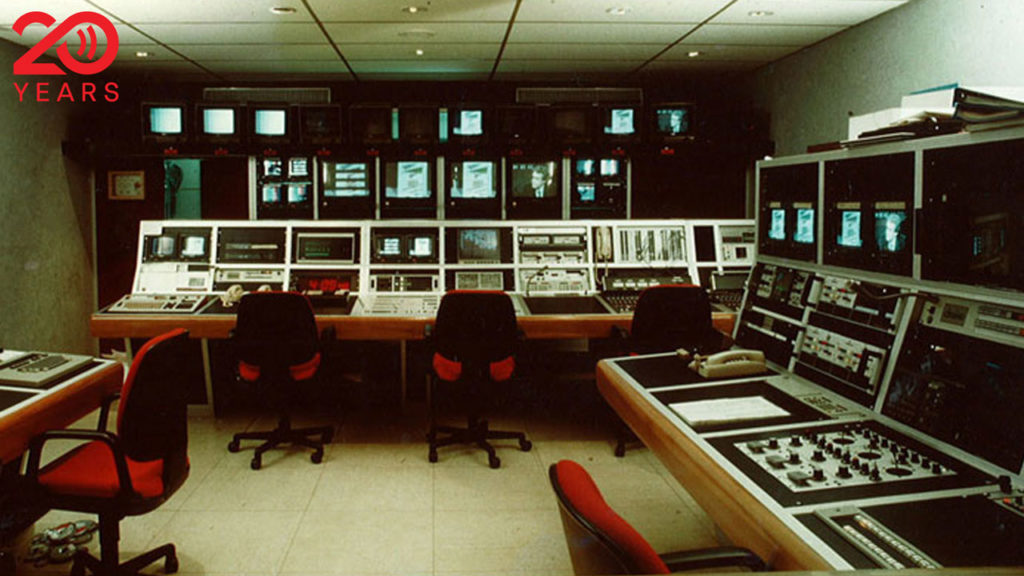
M6 (1987)
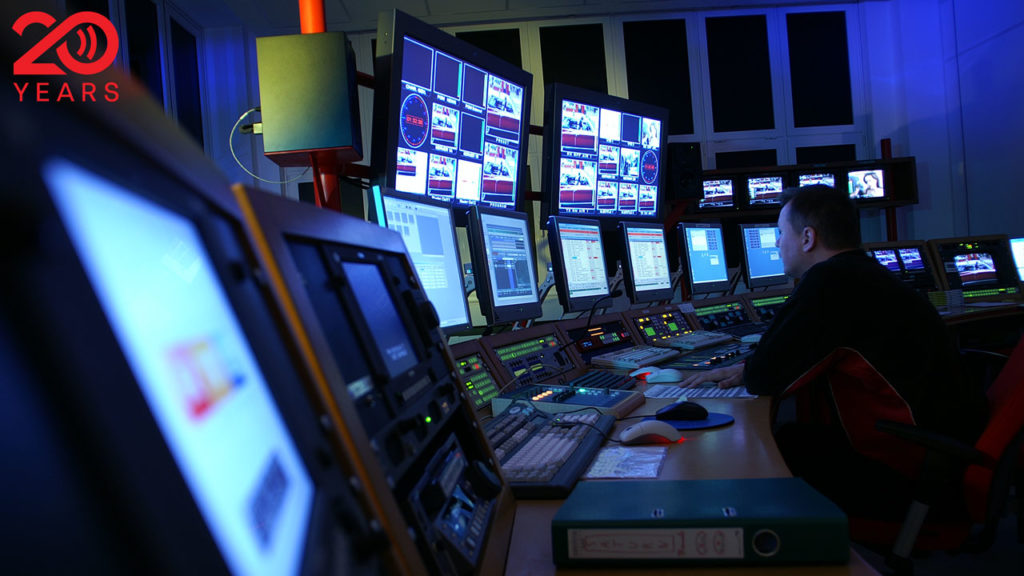
RTL Televizija (2004)
After renewing and upgrading the CLT-UFA technical facilities with control rooms, studios, post-production facilities and a Network Operations Centre, the team integrated RTL7 in Poland followed by the TV turnkey solution for RTL Klub in Hungary.
With the creation of BCE in 2000, the company dropped the tape migrating to a tapeless infrastructure and addressed non media companies such as as Eurocontrol, d’Coque (National Sport Centre of Luxembourg) and ArcelorMittal (2003). In Croatia, BCE launched RTL Televizija and in Luxembourg, it installed the Newroom of RTL Lëtzebuerg followed in 2007 by the multimedia infrastructure, studios, theaters and mass digitisation platform of the CNA (Centre National de l’Audiovisuel). The same year, BCE installed the European Council audiovisual infrastructure and build the new media corner of RTL TVI, Club RTL and Plug RTL in Belgium.
BCE also integrated the complete TV infrastructure of Nova TV in Bulgaria and worked on the MTV project in Hungary. In 2008, BCE was selected for the multimedia installation of the European Investment Bank in Luxembourg and installed a tapeless production solution for Big Brother in Bulgaria.
The next year, the company was selected for the intallation of the multimedia systems of ArcelorMittal university. At IBC Innovation Awards, the European Parliament in Belgium received an award for BCE’s digitisation platform in a tapeless environment.
10 years after going tapeless, BCE worked on the tapeless infrastructure of Arte in France. The same year, the team installed the monitoring tools of Radio France.
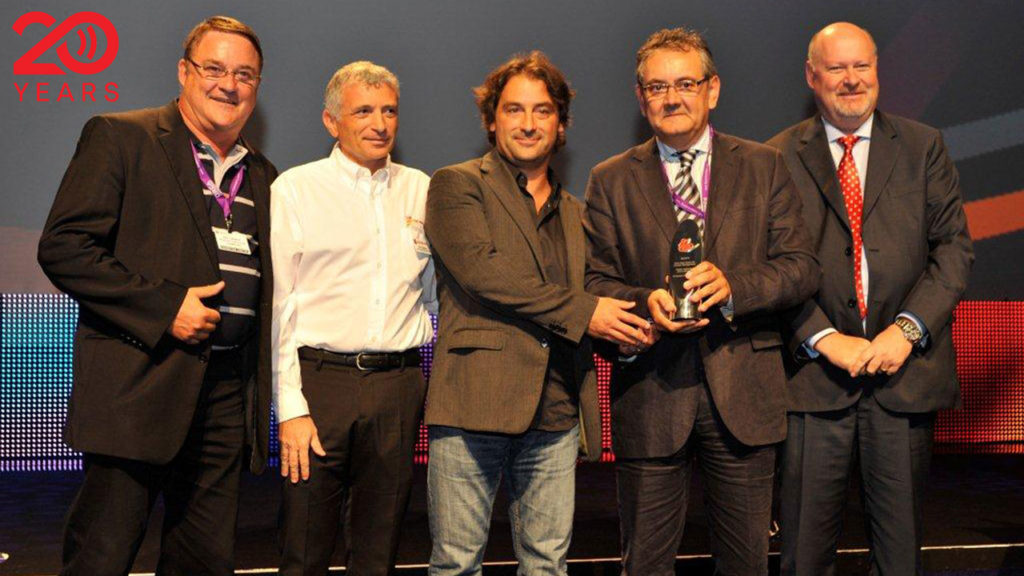
BCE, Front Porch and European Parliament with Kevan Jones, IBC Judging Panel
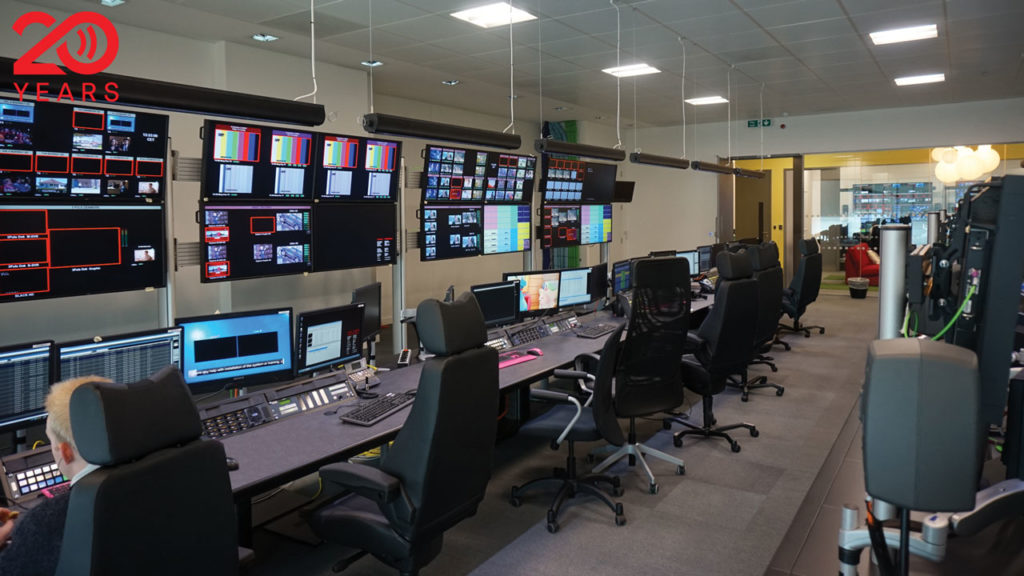
MTG
In 2011, BCE partnered with EVS and delivered a mobile set for the SNRT in Morocco and installed a multi-playout system with a recovery centre for Viasat (MTG) in Latvia (BCE also integrated the broadcast centre of MTG in the UK in 2015).
In 2012, while BCE was digitising M6 music video clips archives, La Chaine L’Equipe asked BCE to realize the full installation of their new DVB-T channel. From its premises in Luxembourg, BCE launched Kombat Sport, Big RTL Thrill (India) and digitised the archives of the Council of Europe.
After launching in 2013 RTL CBS Asia Entertainment, BCE was selected by the Ethiopian Radio and Television Agency for the installation of a new infrastructure in Addis Ababa while, back in Luxembourg, BCE installed the multimedia infrastructure of the EU conference centre. The company also integrated Euronews platform in Hungary, renewed RTL Radio (France) IT and broadcast infrastructure and engineered EVS A/V and control solutions (Belgium). Later, BCE installed a dedicated multi-playout platform for seven Hungarian channels (RTL Group), launched RTL Z (RTL Nederland) and connected the Assemblée Nationale (France) with the ten largest French TV channels.
In 2016, BCE upgraded ENEX (European News Exchange) workflow to HD, integrated L’Essentiel Radio in Luxembourg, upgraded HRT workflow, the leading public broadcaster in Croatia, to tapeless technology and ensured the integration of franceinfo:.
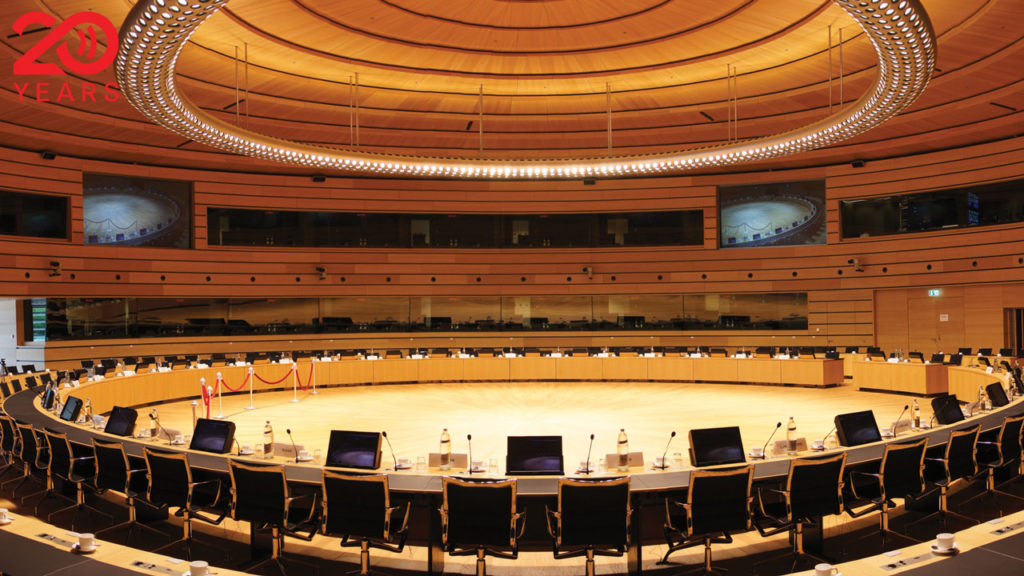
EU conference centre (2013)
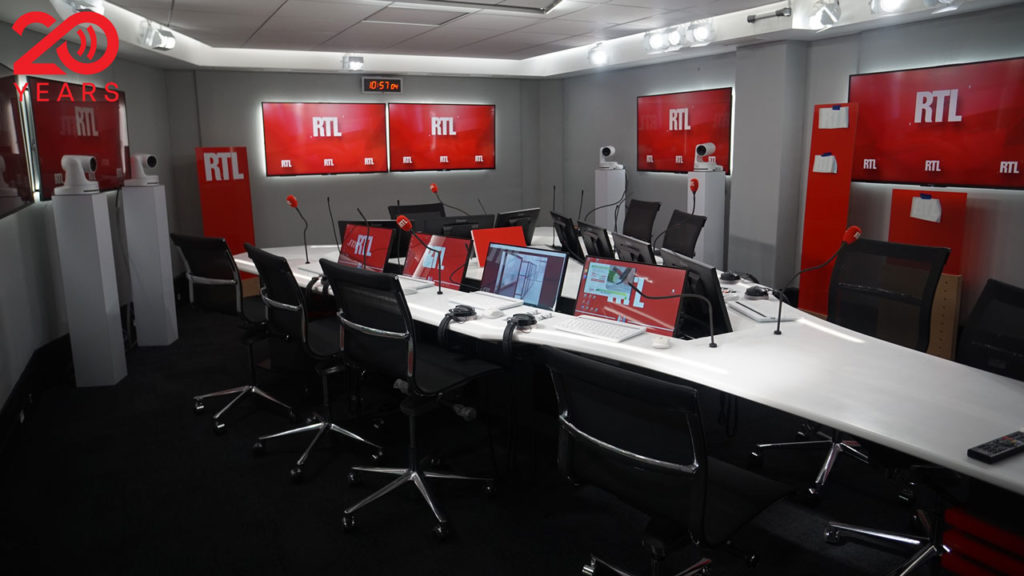
In 2017, BCE went to Rwanda to install FM transmitters for Kigali Today radio, followed by the launch of Altice Studio (Luxembourg). The next year BCE installed the new Pôle Radio of RTL/M6 Groupe in Paris and upgraded the existing tapeless infrastructure of HRT in order to answer the rising amount of content production.
Recently BCE has been working with Antenne Reunion, Luxe.TV, Henri Martin High School, the RTS and the European Central Bank. BCE’s past was full of media evolution, creation, installations and innovation. Today, BCE is looking for the next technology that will enrich the media landscape, such as live streaming, OTT, OVP, cloud-based broadcast, cloud-based storage and 5G.
BCE provides services in the areas of television, radio, production and post-production, telecommunication and IT for more than 400 customers , but this is another 20 years story… so stay tuned!